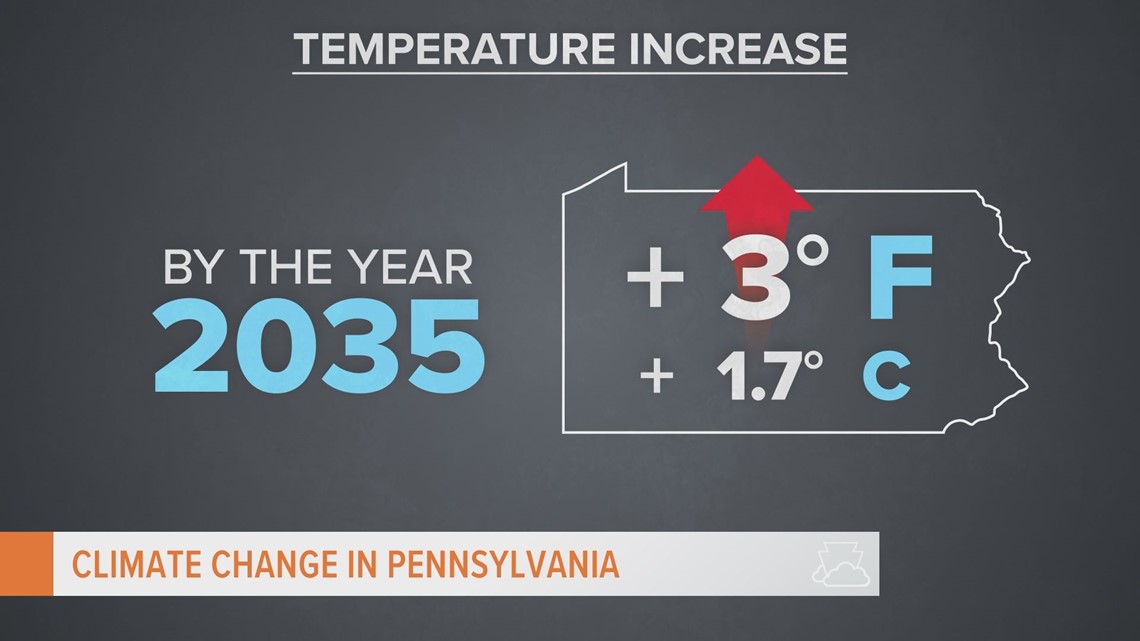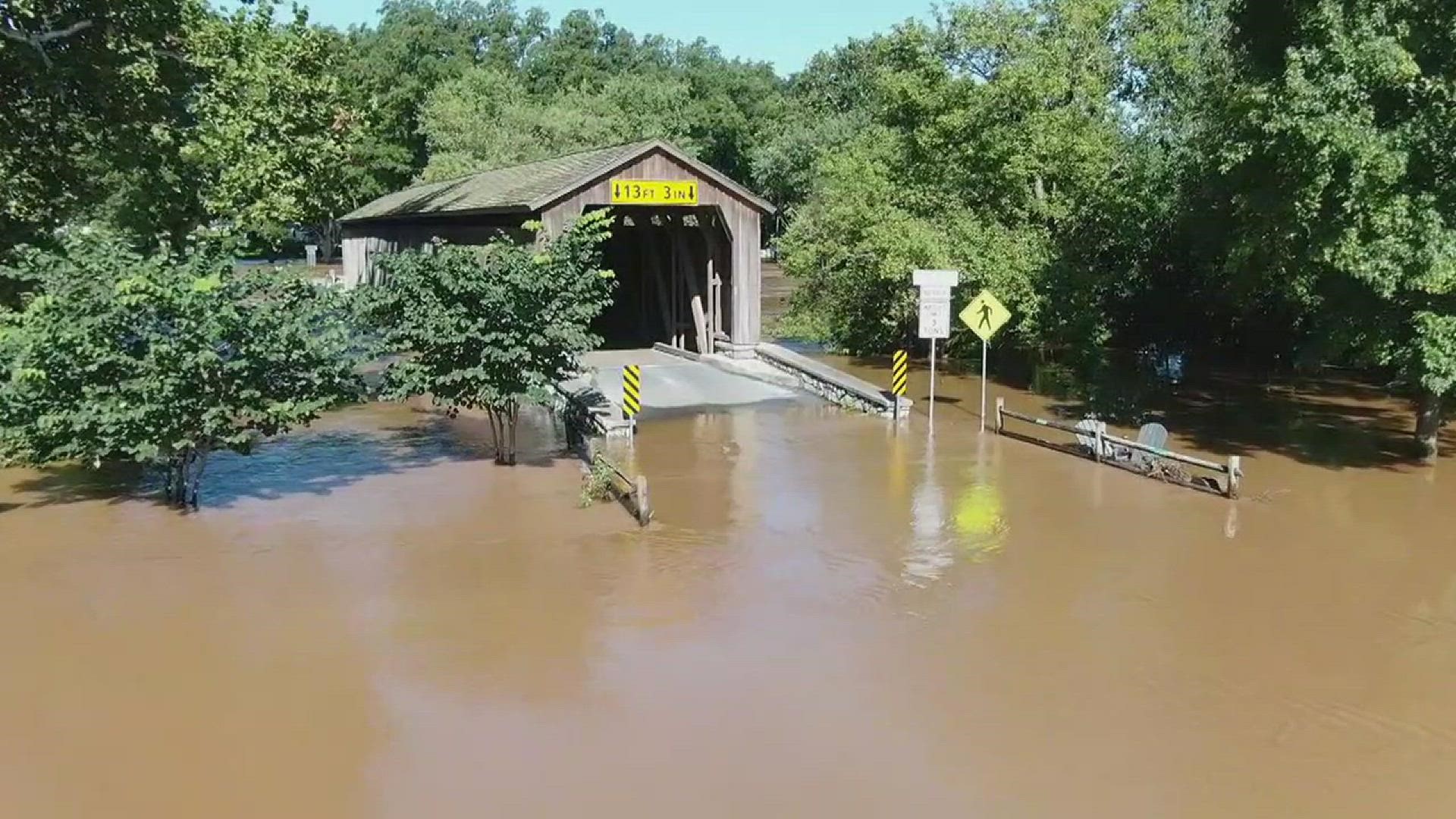HARRISBURG, Pa. — If you were to break down the basic science of climate change, it would all come down to an energy imbalance, according to Dr. James Kinter, III.
Dr. Kinter is the director of the Center for Ocean-Land-Atmosphere Studies, or COLA.
"The science is kind of easy,” Kinter tells FOX43. “We're creating an energy imbalance. That energy imbalance is translating into changes in the climate system and changes in consequences."
Admittedly, at the beginning of his career, the science was not always as well understood.
"In those days, the problem we had was we couldn't separate the signal from the noise,” Kinter said. "But now, there's just no question. We know that signal has emerged. We know the rate of change is faster than it's been in the last two million years and we know the amount of change is more than could possibly have happened from natural causes."
By "rate of change," Dr. Kinter means the temperature is changing more quickly than it should be because of natural causes alone.
“Instead of taking tens of thousands of years to change or millions of years to change, it's happening in decades," he explained. "That's because human activity is perturbing the climate system. It's changing the equilibrium between how much energy we get from the Sun and how much the planet emits into space."
As we continue to put carbon dioxide and other greenhouse gases into the atmosphere, we disrupt the natural carbon cycle, creating the energy imbalance Dr. Kinter mentioned. We’re seeing these effects already in both our warming temperatures as well as increased rainfall events.
Dr. Sepi Yalda is both a meteorologist and the director for Millersville University’s Center for Disaster Research and Education. She tells FOX43 that we are feeling these effects of climate change right at home and it's something that residents are noticing.
"We've come a long way," she said. "I think people are seeing where the impacts...and we're seeing farmers in the area seeing the changes."
For her, the definition of disaster is changing from the idea of a tornado happening and responders rushing to the scene to more long-term types of disasters sparked by our warming climate.
Dr. Yalda points out everything that we’re seeing right at home.
"We are seeing differences in the seasons themselves but also in the length of the seasons changing,” Dr. Yalda said. "Ten of the warmest years on record have happened just this century. We're looking at by year 2035, over 3-degrees Fahrenheit in temperature increase, which is actually a larger temperature increase we're going to see than anywhere in the United States."


So, what would happen if we stopped releasing greenhouse gases today? Would the effects of climate change suddenly stop? Unfortunately, there is some energy imbalance that can't be forgotten and it’s right off our coastline.
"The problem I see is the ocean," Dr. Kinter explained. "It takes a long time to warm up. It's big, it has a high heat capacity. It absorbs energy for a long, long time before it comes into equilibrium. So, the ocean will continue to warm up and continue to warm the atmosphere for decades after we stop changing carbon dioxide concentrations."
That means even if we stopped emitted pollutants today, we would continue to feel the effects of climate change as the energy in our oceans attempts to reach an equilibrium.
The goal of the Paris Agreement in regards to warming caused by climate change was to keep it below two degrees Celsius. Dr. Kinter is skeptical that this can happen.
"Two degrees, even if all the countries in the world keep their promises made in Paris in 2015, we only have an 8% chance of keeping it below two degrees,” he said.
So, what happens if we go beyond two degrees? Agricultural stress will continue, allergy season will get longer, air quality will continue to get worse, and more frequent and extreme weather events will happen, along with devastating economic and health impacts.
“In terms of where the clock is, I think we have a decade left,” Dr. Kinter said. "If we don't take substantial action in the 2020s, then we know that 1.5 is inevitable, 2.0 is looking pretty likely. What's beyond 2.0 is just unthinkable."

